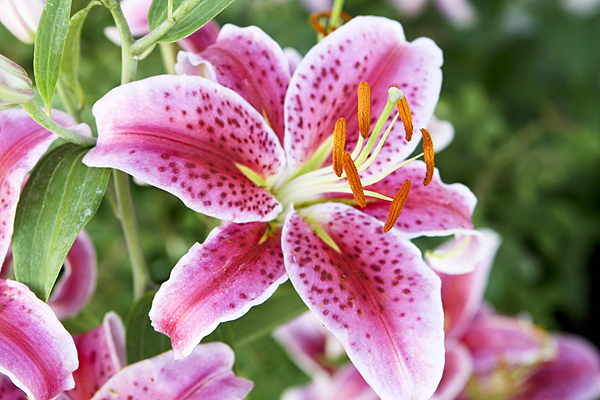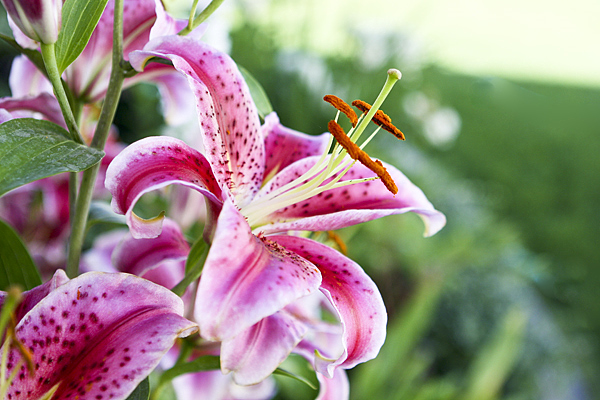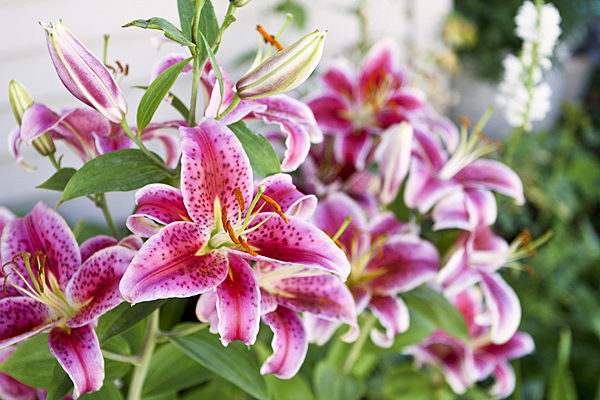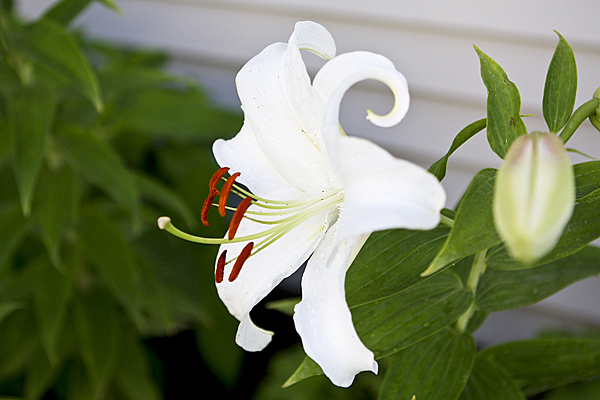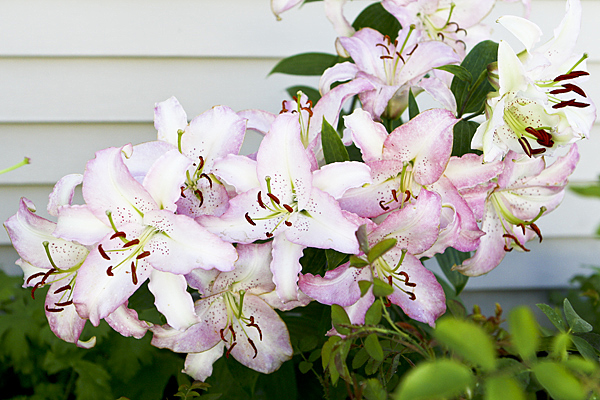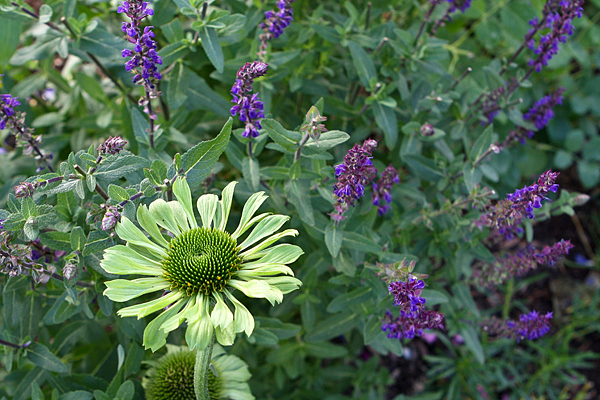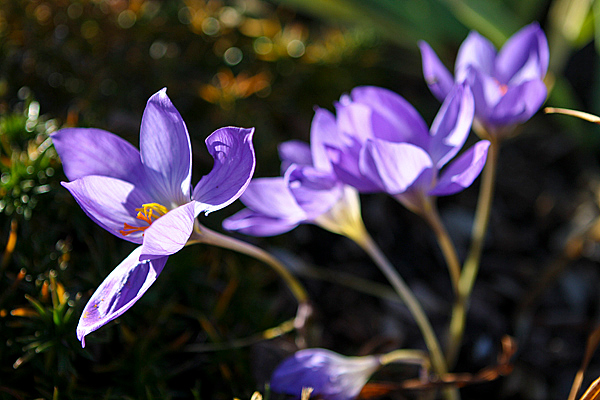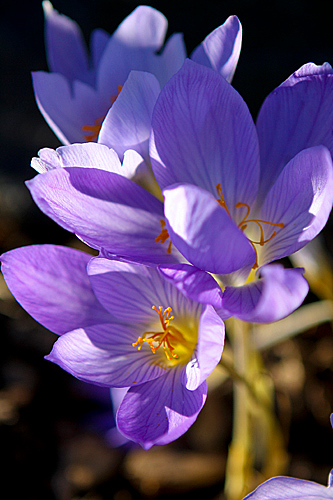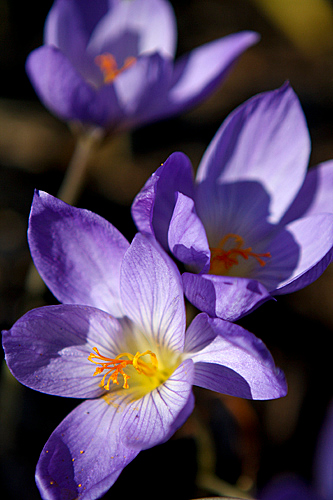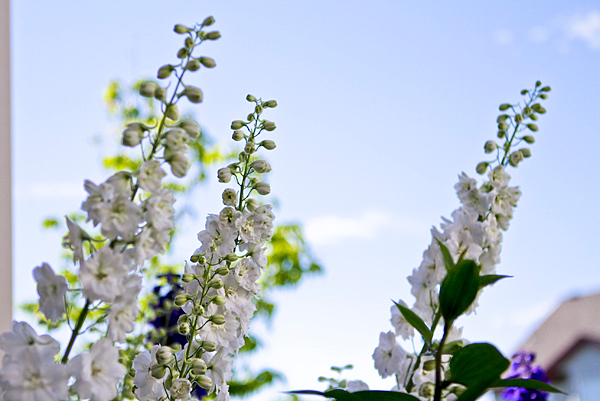
I saved this post until white snow made its appearance in the garden and I needed to be reminded that white is beautiful . . . snow really is pretty until January, but by March I'm past done with it. And when it snows in May around here, it just makes me cranky.

But we're focusing on flowers here instead of flakes, so please direct your attention to the gorgeous white delphiniums in the first two photos. These were grown from 'Green Twist' delphinium seed and are a great flower for sun. If you don't mind staking, that is.

Above is an 'Esther Reed' double daisy, which is a classic plant for cutting and for the garden. If you cut back the first round of blooms promptly, you'll be rewarded with a second flush.
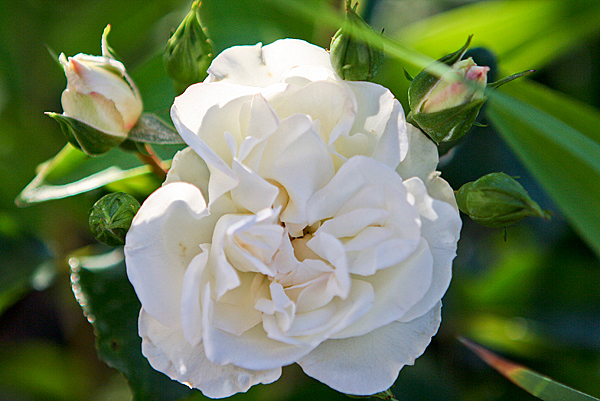
The only non-Austin rose in my garden is 'White Meidiland', shown above. I can't say enough about its great glossy dark foliage and low groundcover habit. It's such a useful rose - except for cutting, as the stems are not very long. Sometimes I bring them inside anyway for a short bouquet.

Sun-loving white Armeria maritima is a fun change from the usual hot pink versions. The only drawback to the grassy clump of foliage is that I can't tell when weedy grass has invaded until it goes to seed.

Have you ever noticed how dogwood (Cornus florida) blooms look like presents while they're opening? So sweet. This small tree wants partial shade in dry or hot climates. The fall leaf color is a wonderful crimson.

Now we move to the shade-loving plants, though I expect you can get away with full sun in a mild climate like gardeners enjoy in Seattle or England. Above is Astrantia major, also known as masterwort.

Here is Anemone nemerosa, the European Wood Anemone. Who would expect such a delicate flower to be such a thug? In my sandy garden soil, it spreads like wildfire by root and seed. It would probably be better behaved in heavy clay.

Fluffy white 'Bridal Veil' astilbe lights up my shade garden in June. It looks nice in a bouquet with delphiniums, astrantia, daisies and roses.

Here is a white bleeding heart, Dicentra spectabilis. I was lucky to get a shot, as my children love to pull the flowers apart to find the 'sword' in the middle of the heart. Although this plant goes dormant for summer in warmer climates, it lasts almost the whole growing season here in cool Spokane in shade.
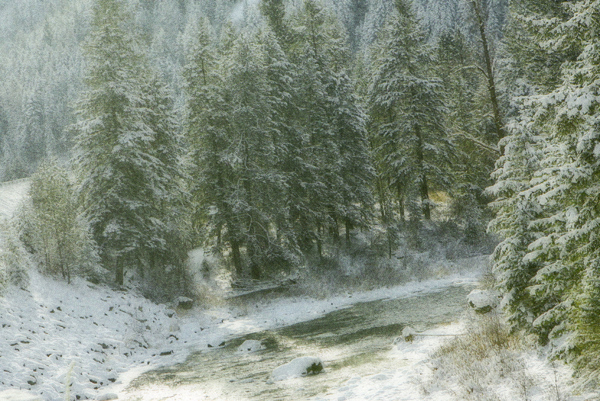
I'll end with a shot taken out the window as we drove through the Idaho panhandle on the way to Utah last weekend. We saw plenty of snow on the roads while driving, and now it's coming down steadily outside. I'm grateful that we're safely home, though maybe I wish home wasn't such a snowy place!

